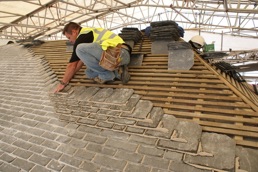SLATE LAPPING SYSTEMS

Diamond pattern is a single lap system although it is best envisaged as double lap but where all four corners of the slates have been removed so that along each of the diagonal edges there is only a single lap. The slates or stones are actually hexagonal.
It has a long history and is often found on Roman archaeological digs but is now rare and neglected. It is also known as diagonal slating.


SINGLE LAP

Single lapping is an economical form of roofing because there is just one layer of slate over most of the roof and a double layer just where the slabs overlap vertically. The disadvantage compared to double lap is that the perpendicular joints (at the arrow) are simply butted together and so are open to leaks unless they are sealed in some way. This is done in a number of ways. In Patent slating and in Orkney, Ireland, Norway and Sweden lengths of slate are bedded or dry laid over the joint. In Caithness slate soakers are set under the slates.
DOUBLE LAP
The double lap system is the most common and is used World-wide. The problem of open perpendicular joints in single lap is overcome by lapping the third course onto the first course, fourth onto second etc. Thus each course of slates acts as a soaker for the overlying course and a cover flashing for the underlying one. The system is made weather-tight by having larger enough head and side laps to prevent rain driving through them.
The head lap can be set as a fixed value - say three inches (75 mm), or as a proportion of the slates’ lengths. In thirds slating the proportion is one third of the length. It is only appropriate for small slates - fourteen inches (355 mm) long or less because for longer slates the one third lap would be wastefully large.
For single size (or tally) slating the side lap is half the slate width but for random sized slates the technique is to set the perpendicular joint approximately centrally on the slate below but because this isn’t always possible a minimum value needs to be adopted. This can reduce up the roof slope because the upper part of the roof carries less water.

TRIPLE LAP
Triple lapping is traditional in Devon and Cornwall for very small slates which might otherwise blow off or leak. Two examples are known in North Wales but it is possible there are others so far unrecognised. To set out the roof the slate length is divide by 3.5 producing a head lap of one seventh of the length and is known as three and a half pin or sometimes as four and half pin. There is a full description of scantle slating in the SPAB Regional Advice Note Slating in South West England
Patent slating
Scotland - Caithness
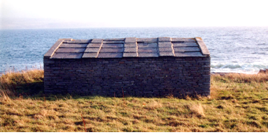
Ireland - County Clare >

Forest Marble limestone
Double lap Cwmydwrgi Machynlleth

Scotland - Orkney
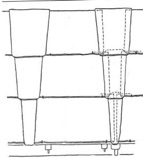
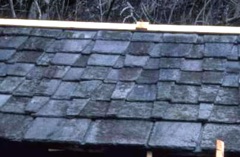
Nordic Helleteking >
Random slates

Cornish wet laid scantle slating
Devon scantle slating

DIAMOND PATTERN
These slating types are common in central and northern Europe but are almost unknown in Britain and Ireland. They are included here for completeness.
Diamond pattern in slate and stone in Dumfriesshire, Scotland link >

SIDE LAPPING
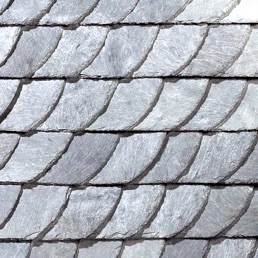
In most forms of slating all the slates in a course lie in the same plane and butt up against each other at their sides. In contrast, in side lapping systems such as altdeutsche and schuppen-deckung the slates overlap sideways as well as vertically.
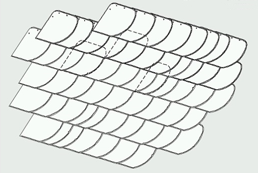

Right and left hand schuppen slates

Single lap Horsham stone slates >

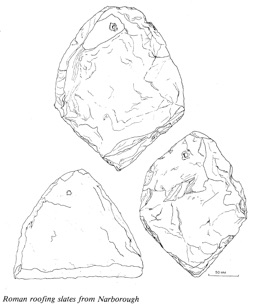
Triple lap Cornish scantle slating Tintagel

Slate and stone roofing is a partnership. The delver can only make what the stone will allow. The slater takes what he is given and fashions a roof which defies the weather.
There are three main forms of slate roofing in the British Isles: single; double and triple lap. The type which is found in a region will be traditional and adopted in response to the slate’s or stone’s properties and the weather conditions. Some will have originated for other reasons - economy of materials in the case of Patent slating and lack of the local Horsham stone slates in Sussex and surrounding counties.
2/1/17
-
Download
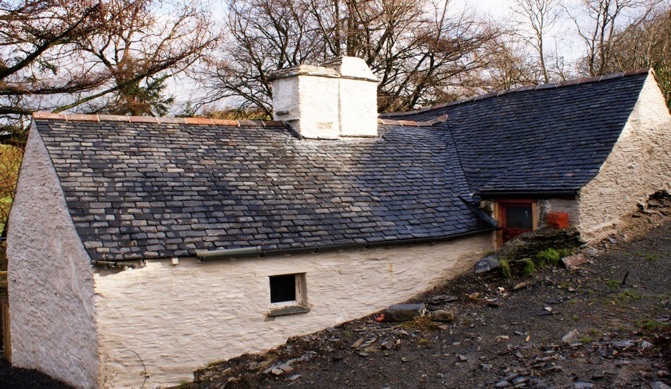
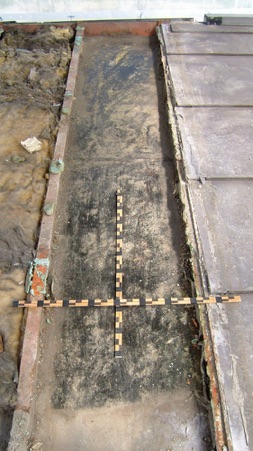
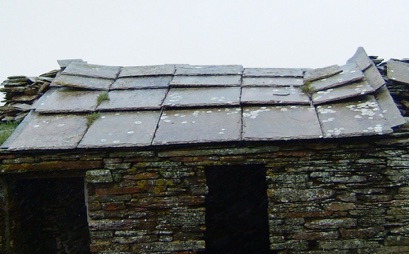
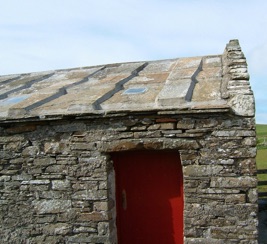
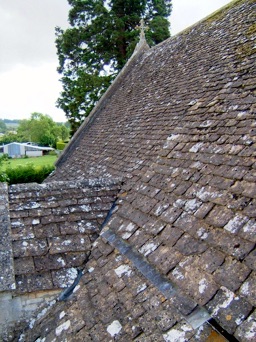
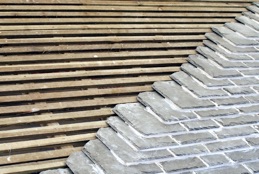



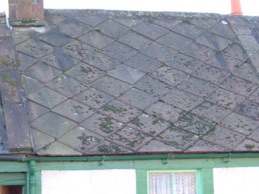
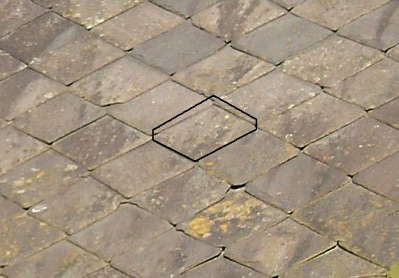
Single lap slating in India by Skalunaris
